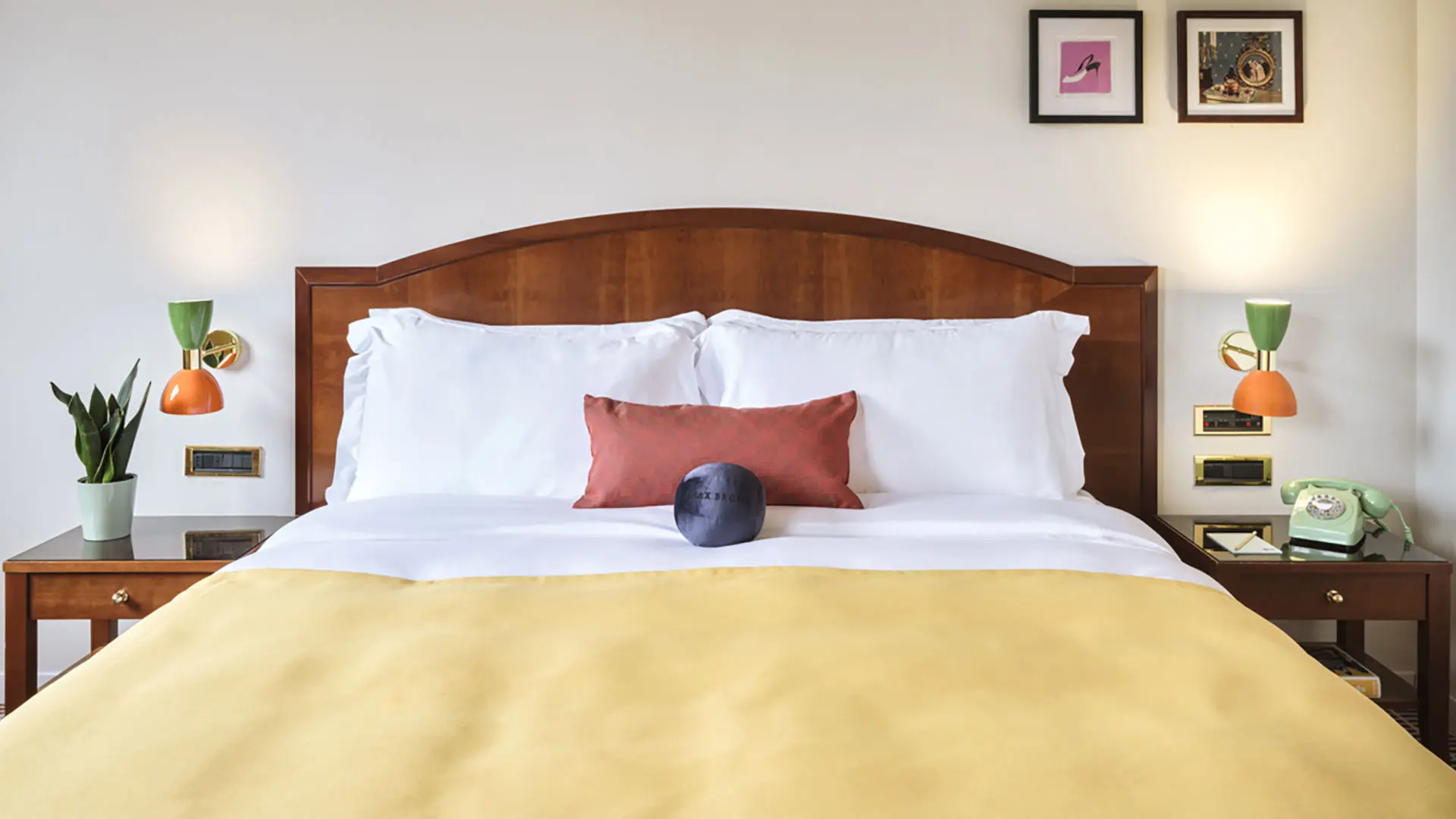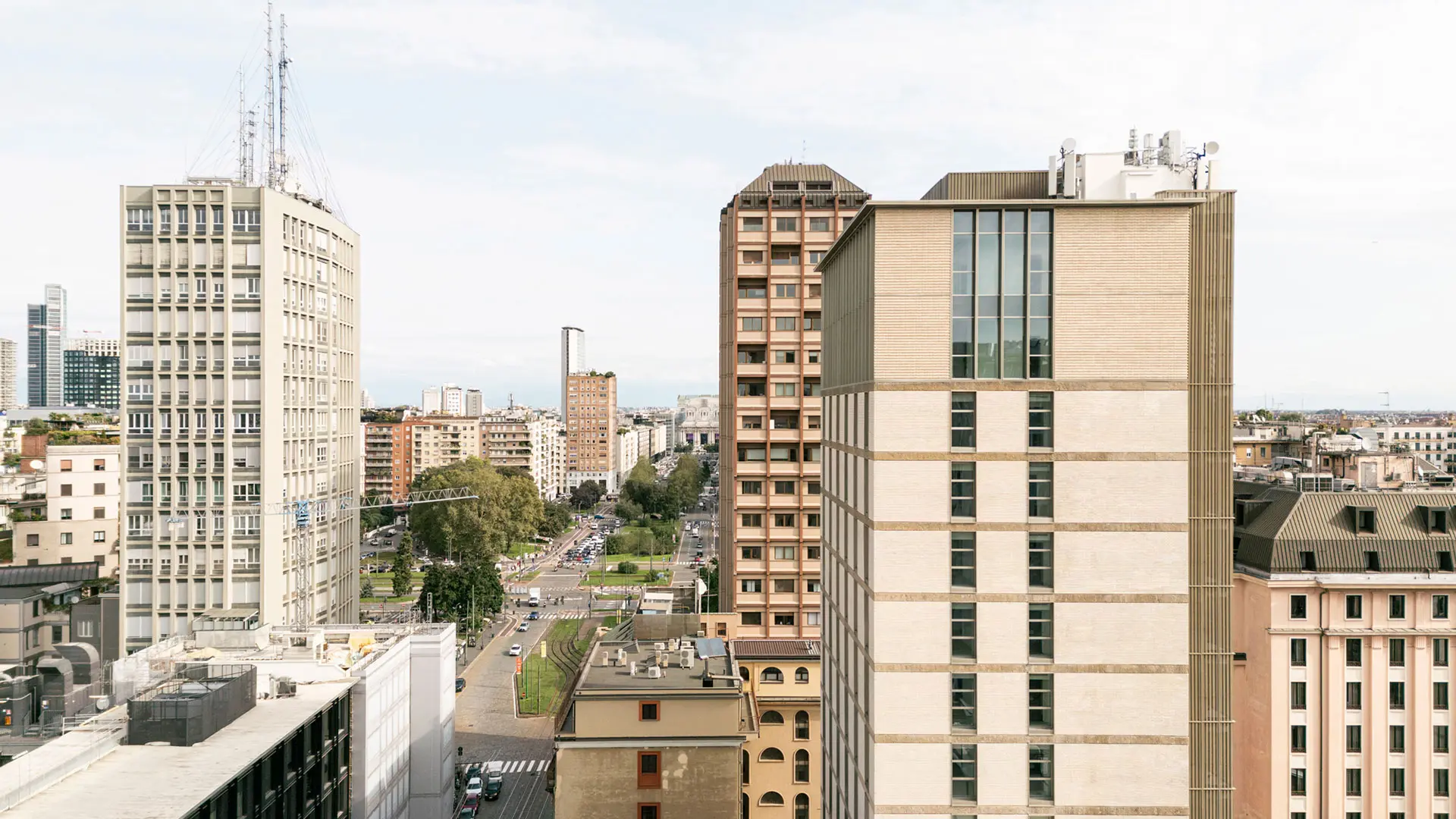In partnership with MiCodmc, a selection of establishments ripe for discovery during the 63rd edition of the Salone del Mobile.Milano, from 8th to 13th April
The Save Home Decree 2024: its provisions and when it comes into force

Vacation dreams - Artwork by Seba Morales
Micro-dwellings, attics, changes of use: the changes for apartments and studios. All the useful information
The Save Home Decree 2024 has officially passed into law. It changes the building regulations applied to housing, from the intended use of properties to the margins of tolerance. Here are the major innovations.
The provisions
The Save Home Decree 2024 contains, among other things, a measure that has been widely anticipated. This is an amnesty of increases in the built volumes and provision for making what are termed “mini-dwellings” habitable. The law also affects what is termed free building, which simplifies the bureaucratic process for some work inside homes.
When does it come into force?
With the final approval by the Senate, the Save Home Decree 2024 has passed through parliament and is now law.
Tolerances
The tolerance of differences between what was authorized and what was actually built until 24 May of this year have changed. In the case of built tolerances, with the Save Home Decree 2024 this amnesties interiors that fail to comply with the authorized dimensions in height or volume. If built by 24 May 2024, they will no longer need to obtain a building amnesty and will be automatically authorized. The thresholds are as follows:
- 2% of the measurements envisaged in the building permit for real estate units with floor surfaces of more than 500 square meters;
- 3% for surfaces between 300 and 500 square meters;
- 4% for surfaces between 100 and 300 square meters;
- 5% for surfaces between 60 and 100 square meters.
And points such as the smaller dimensions of the building or the failure to build non-structural architectural elements are considered executive tolerances.
Studio apartments
With Save Home Decree 2024, studio apartments of 20 square meters (previously the minimum size was 28) become habitable if occupied by a single person, while in the case of two inhabitants the minimum drops from the current 38 to 28 square meters. The minimum height allowed internally is likewise reduced, from 2.70 to 2.40 meters. But note that renovations will have to comply with the requirements of hygiene, natural ventilation, appropriate size and type of windows. Exceptions are made for corridors, hallways, bathrooms and closets, and for mountainous municipalities at elevations above 1,000 meters.
Attics
Even attics can become dwellings. In fact, it will be easier to make attics habitable even when the minimum distances between buildings are not respected, but it will still be necessary to comply with the procedures laid down in the regional laws. In any case, the distance limits in force at the time of construction of the building have to be followed: the maximum height of the building stipulated by the building permit, the form, surface area and the area of the attic as bounded by its outer walls.
Condominiums
The law also deals with condominiums. Any building discrepancies in the communal parts will no longer affect the individual home units, and vice versa. In other words, the discrepancies and abuses present in the communal parts of a condominium will not block renovation work on an apartment. Conversely, the irregularities of an apartment will not suffice to block the renovation of the communal parts of a condominium.
Free building
By what has been called free building, the bureaucratic process for some kinds of work is simplified. For example, it will be permissible to install heat pumps up to 12 kW and eliminate architectural barriers without requiring a permit. This criterion will also apply to works for protection from the sun and weather, principally awnings, drapes, outdoor hangings, pergolas, including bioclimatic awnings with retractable fabric, including waterproof fabric, or with mobile or adjustable sun protection elements, and those that rest against or are attached to buildings or real estate units, even with fixed structures necessary for their support. But, note, it is still not permitted for these to create a permanently enclosed space.
Change of use
For individual real estate units, a change of intended use is always permitted if it is for the use of the real estate unit in accordance with that prevailing in the other real estate units present in the property. If the alteration requires works that are covered by free building, the change of use will be considered without works. For an alteration without works, a SCIA (formal notification of start of work) is still required, while for an alteration with works a building permit is required.
Sanctions
The law gets rid of “double conformity”, the principle that currently subordinates the amnesty of building work both to compliance with the legislation in force on the date of submission of the building application, and to that of the legislation in force at the time the building abuse took place. To receive an amnesty, the building work will now have to be in line with the urban planning regulations in force at the time of the application. For the SCIA in amnesty, i.e. the declaration to be submitted to the municipality in the event that works and renovations have been carried out in a building at a structural level without having previously submitted the declaration, the penalty payable will amount to twice the increase in the market value of the property, to an extent of not less than 1,032 euros and not more than 10,328 euros, therefore less than before. In addition to simplifying the assessment of compliance, with Save Home Decree 2024 the deadlines for removing ascertained building abuses have been extended, from 90 to 240 days, in the presence of proven health needs or serious socio-economic hardship.
Save Home Decree 2024: all the news
The Save Home decree-law is a law of the State, but for it to become fully operational (especially in the part that deals with amnesties), a set of instructions from the Ministry of Infrastructure is awaited before the year’s end, plus the updating and revision of the certification standards of the CILA, SCIA and Building Permit models, to standardize the procedures but also avoid uncertainty in its interpretation. A commission of experts consulted by the government is working on this. In the meantime, being a State law, the decree must be implemented by the competent territorial administrations, because the Regions and Municipalities have specific powers in the sphere of building and urban planning: Lombardy, Liguria, Sicily, Umbria, Emilia-Romagna and Piedmont have already implemented in various ways the new provisions introduced by the Salva Casa decree law, while Roma Capitale, by delegation of the Lazio Region, has adopted a special circular.


 Markets
Markets










